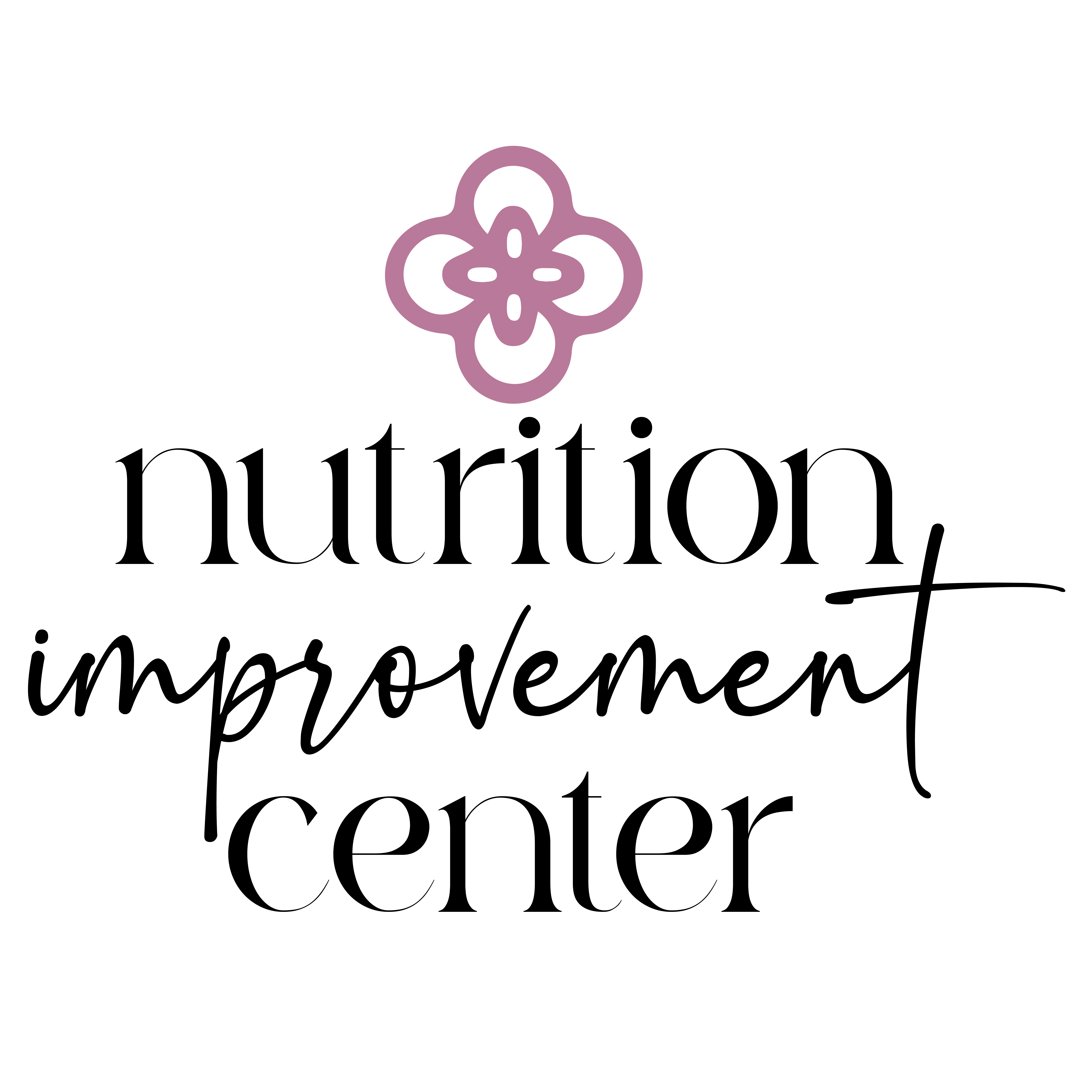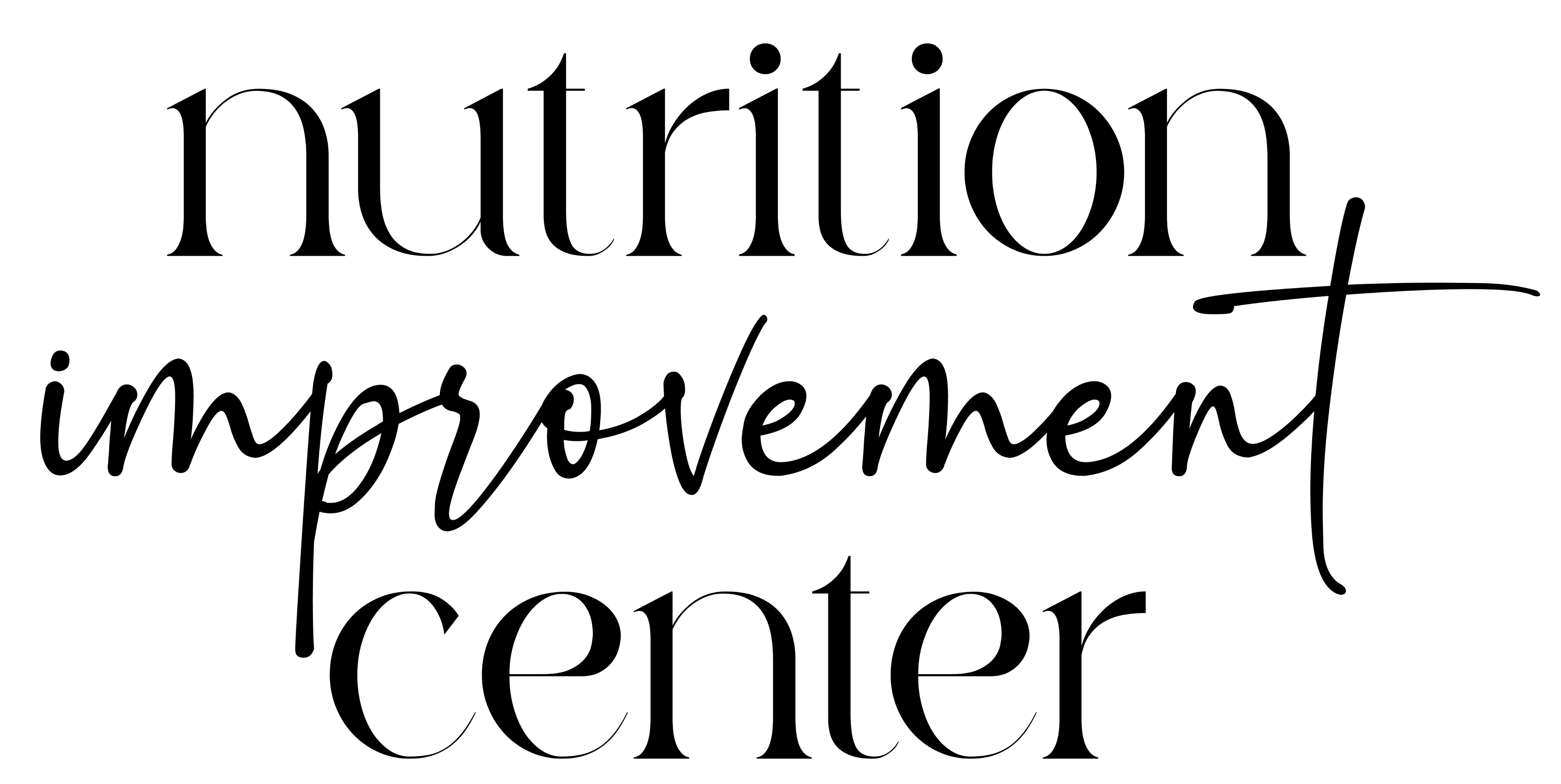Articles & Resources
Learn more about nutrition, self-care and recovery.
Sign up to get updates
Be patient and work on understanding your child’s thoughts and feelings.
Be patient and work on understanding your child’s thoughts and feelings. February 10, 2022 - Iris Epstein Hello everyone and welcome to the parent presentation discussion. My name is Ariel and I’m a registered dietitian currently interning for Iris and her team at...
Keeping on Track During the Holiday Season
Keeping on Track During the Holiday Season September 17, 2021 - Iris Epstein It can be very overwhelming to think of all the meals that come along with the yom tov season, but it doesn’t have to be. Here are some tips to empower you and encourage you to eat...
Giving The Brain The Fuel It Needs
Giving The Brain The Fuel It Needs July 10, 2021 - Iris Epstein Your brand new 2019 car has finally arrived. It’s sparkling in the sun. It looks so chic against the landscape around it. You smile and head to turn on the car so you can go on your first drive. You press...
Why Early Intervention For Eating Disorders Is Important
Why Early Intervention For Eating Disorders Is Important May 23, 2021 - Sydney LevineEarly Intervention in eating disorders is a neglected area in research but a highly important topic. In the research that exists already, results have convincingly shown the...
Understanding The Importance Of Your Microbiome
Understanding The Importance Of Your Microbiome February 22, 2021 - Sydney Levine How does the microbiome of your intestines get damaged in an Eating Disorder? What role does it play in recovery? Understanding the functions of the Gut Microbiota has been an...
The Importance Of Self-Care & How To Find Time For Yourself
The Importance Of Self-Care & How To Find Time For Yourself November 8, 2020 - Sydney Levine We are responsible for taking care of ourselves and making time to do it. "I'm too busy to practice self-care" Feeling overworked, overwhelmed, and stressed out are...
How Breathing Techniques Can Soothe Anxiety
How Breathing Techniques Can Soothe Anxiety October 27, 2020 - Sydney LevineBreathing techniques have been used for centuries as a means of connecting to the body in important mental, physical, and spiritual ways.Research has been dedicated to discovering and...
Hypermetabolism: The Challenge of Refeeding Anorexic Patients
Hypermetabolism: The Challenge of Refeeding Anorexic Patients June 17, 2020 - Sydney LevineWeight restoration and refeeding can be a difficult process for patients recovering from disordered eating, especially anorexia nervosa.The period of restoring weight and...
Your Dietitian Plays A Vital Role In Recovery
Your Dietitian Plays A Vital Role In Recovery May 18, 2020 - Sydney LevineNutrition Intervention: Why your dietitian plays a vital role in recovering from disordered eatingThere is a misconception that teaching nutrition to those with disordered eating is less...

Location
978 Route 45,
Northside Plaza Suite 107
Pomona, NY 10970
Make an Appointment
Call today to learn more
Open Hours
Monday – Thursday: 9 AM – 8 PM EST
Friday: 9 AM – 2 PM EST
Sunday (virtual only, upon request)

